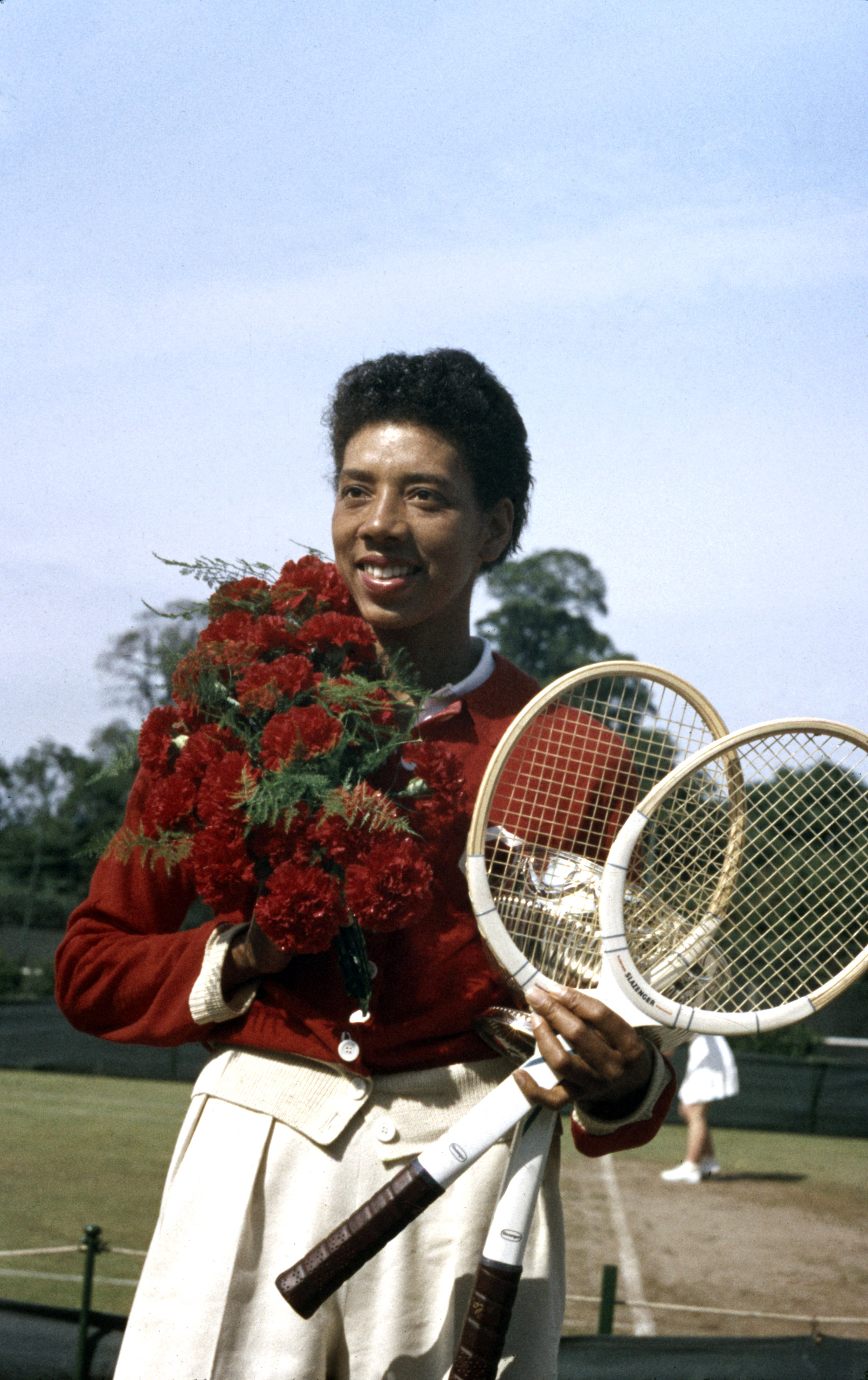
When LIFE Magazine caught up with Althea Gibson in 1956 in France, the tennis star—who was born Aug. 25, 1927—was already famous, but she was still proving herself to the world.
“For Althea Gibson the road to Wimbledon, where she appears this week as a top-seeded player, began 22 years ago on a street in Harlem,” LIFE reported. “There with a wooden paddle she learned a slam-bang version of tennis—Harlem children still play it—and developed her hard, unladylike strokes.”
As one of the most interesting and accomplished figures in the history of tennis, by 1950 she had gotten enough attention within the sport that the U.S. Lawn Tennis Association allowed her to be the first African-America in its national championship, the tournament that was the precursor to today’s U.S. Open. And yet she kept her own success in perspective: “I’m elated and I’m not,” she told LIFE after winning the French championship. “If I’d lost I’d feel the same.”
And though she did not take home the U.S. title in 1956, the following year—after wins at Wimbledon and the French championship, and after becoming the second African-American ever honored with a New York City ticker-tape parade—she conquered that barrier too. She repeated the feat in 1958, and after her retirement from tennis, later became the first black woman on the Ladies Professional Golf Association tour.
The 2016 U.S. Open begins on Monday.
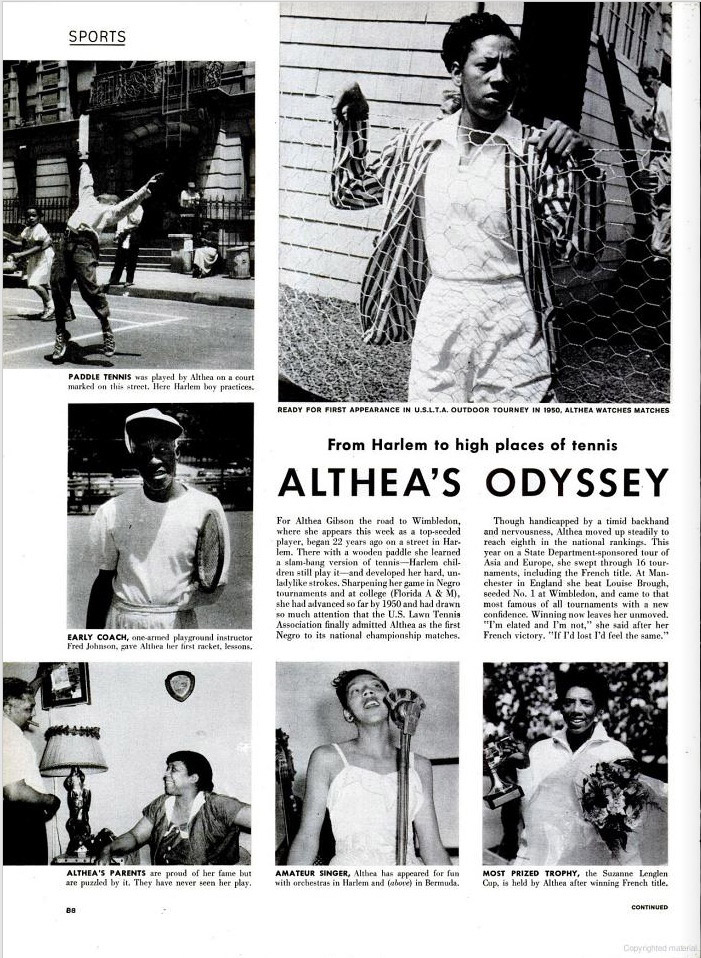
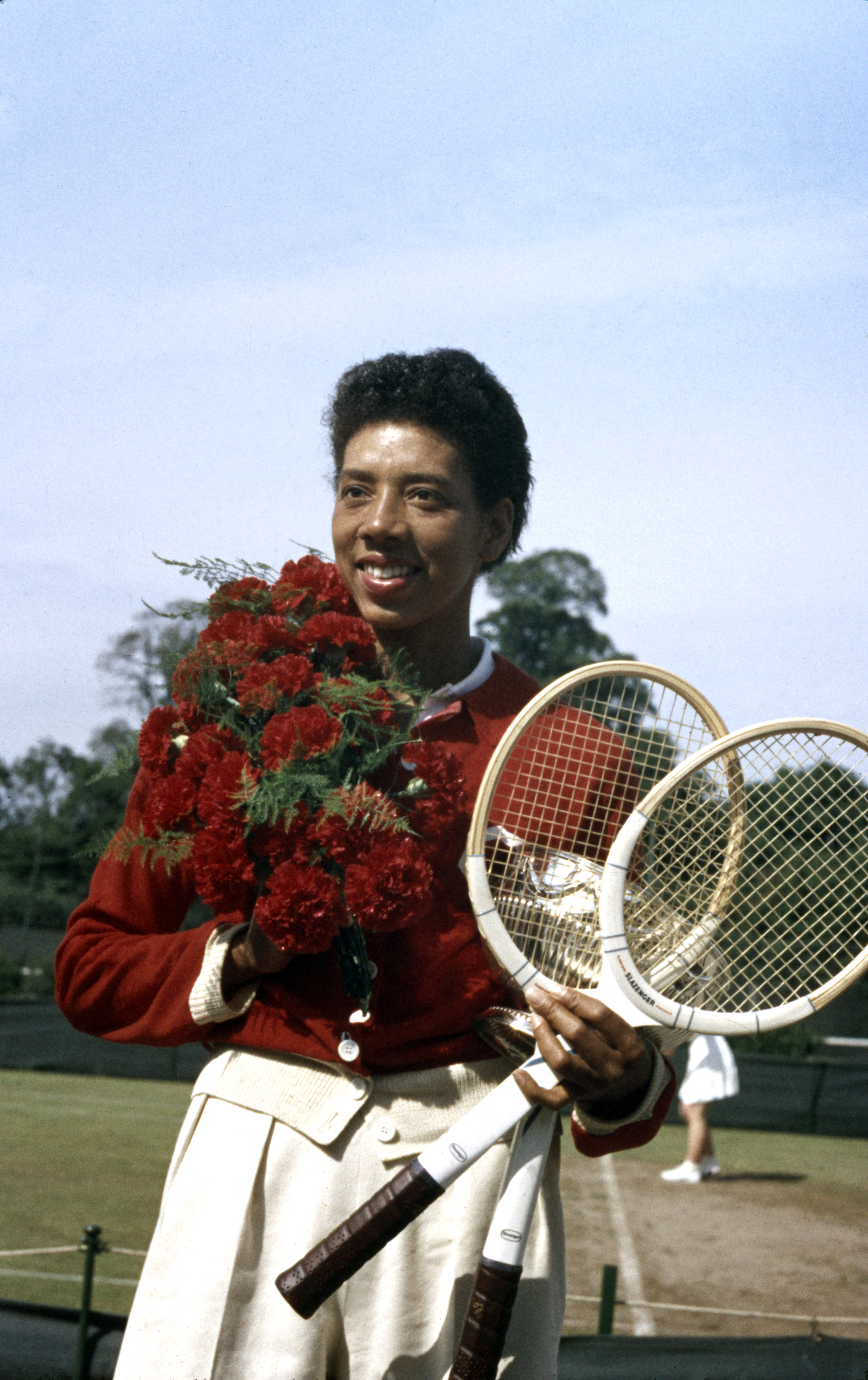
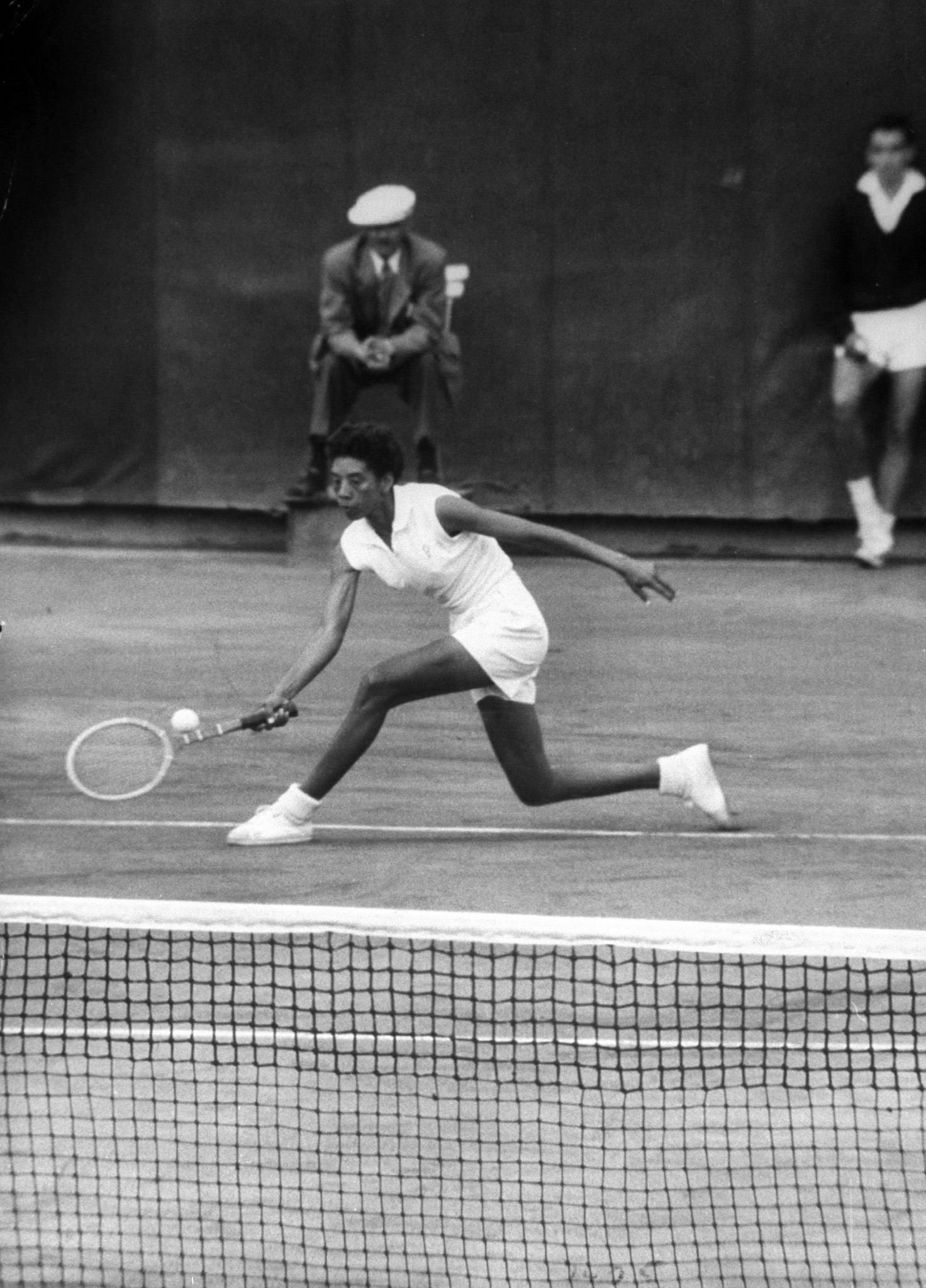
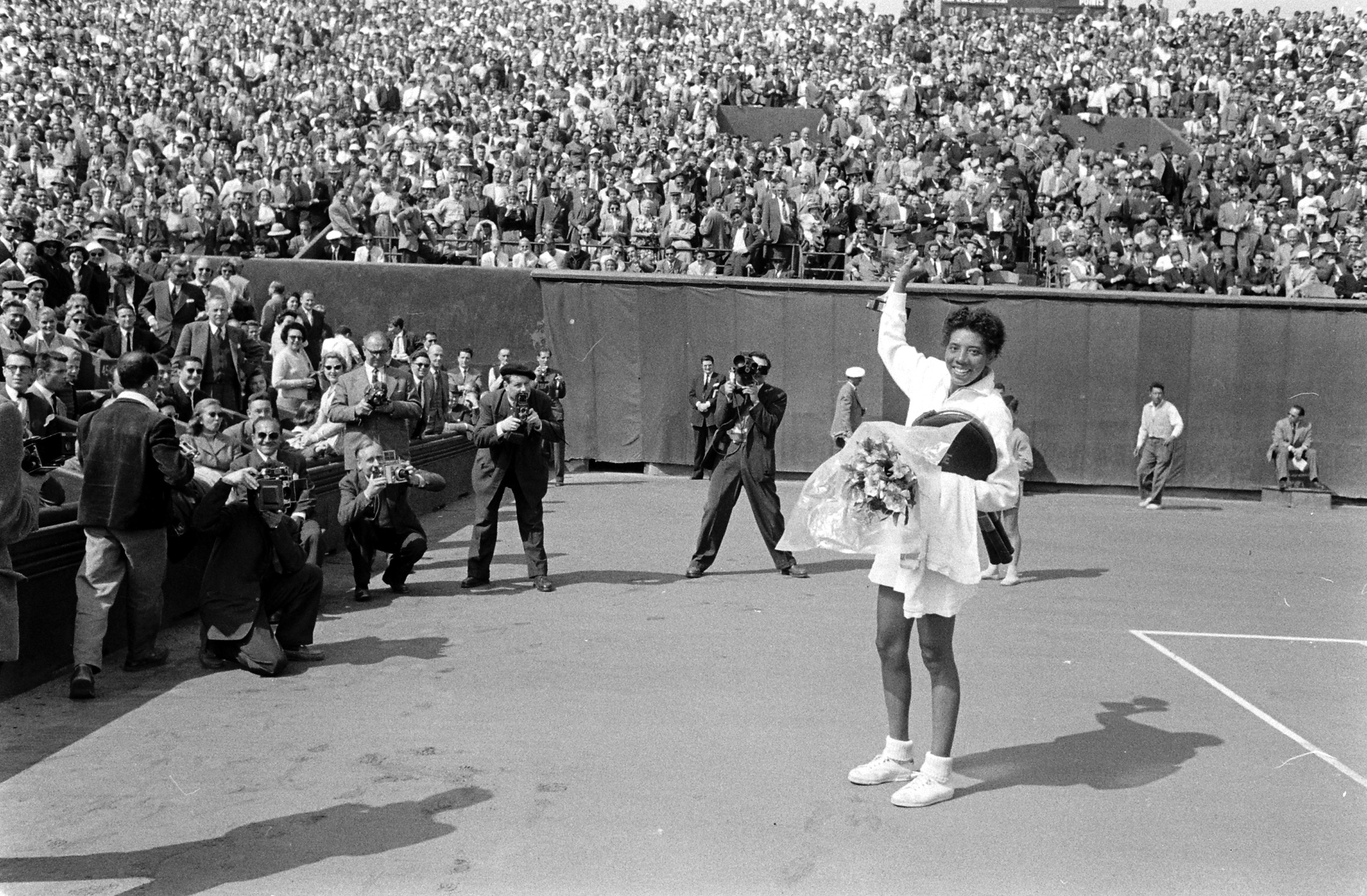
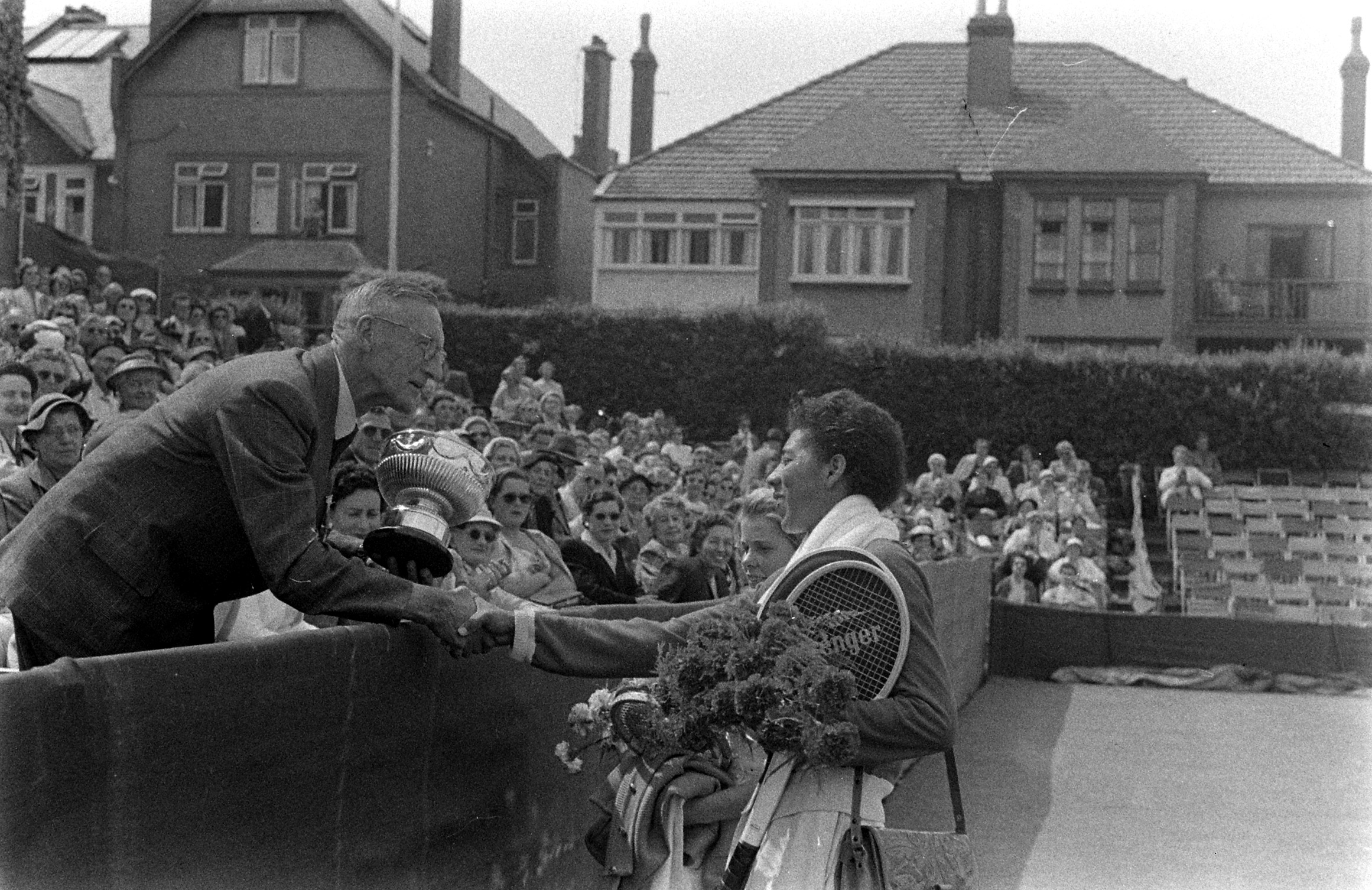
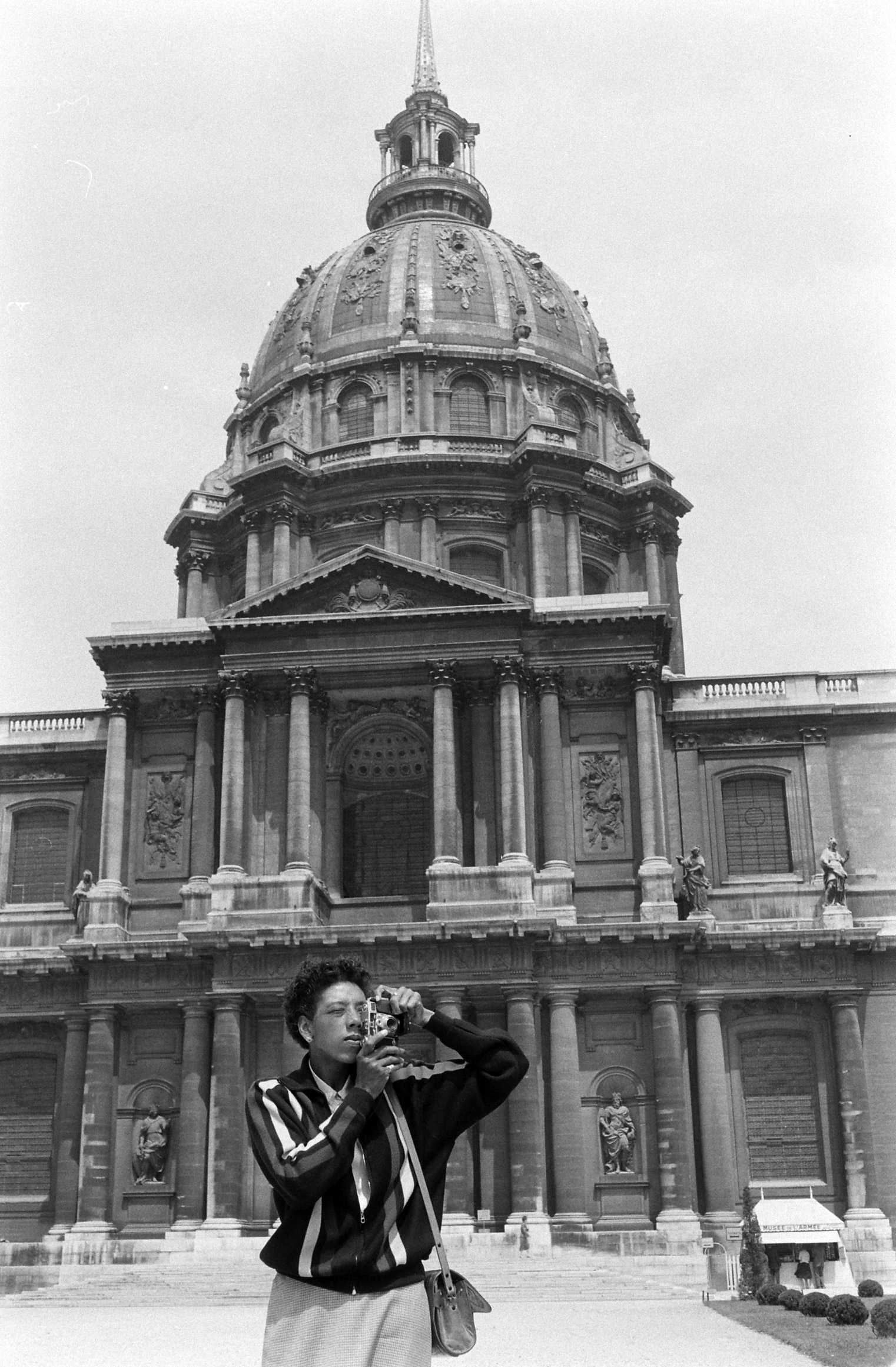
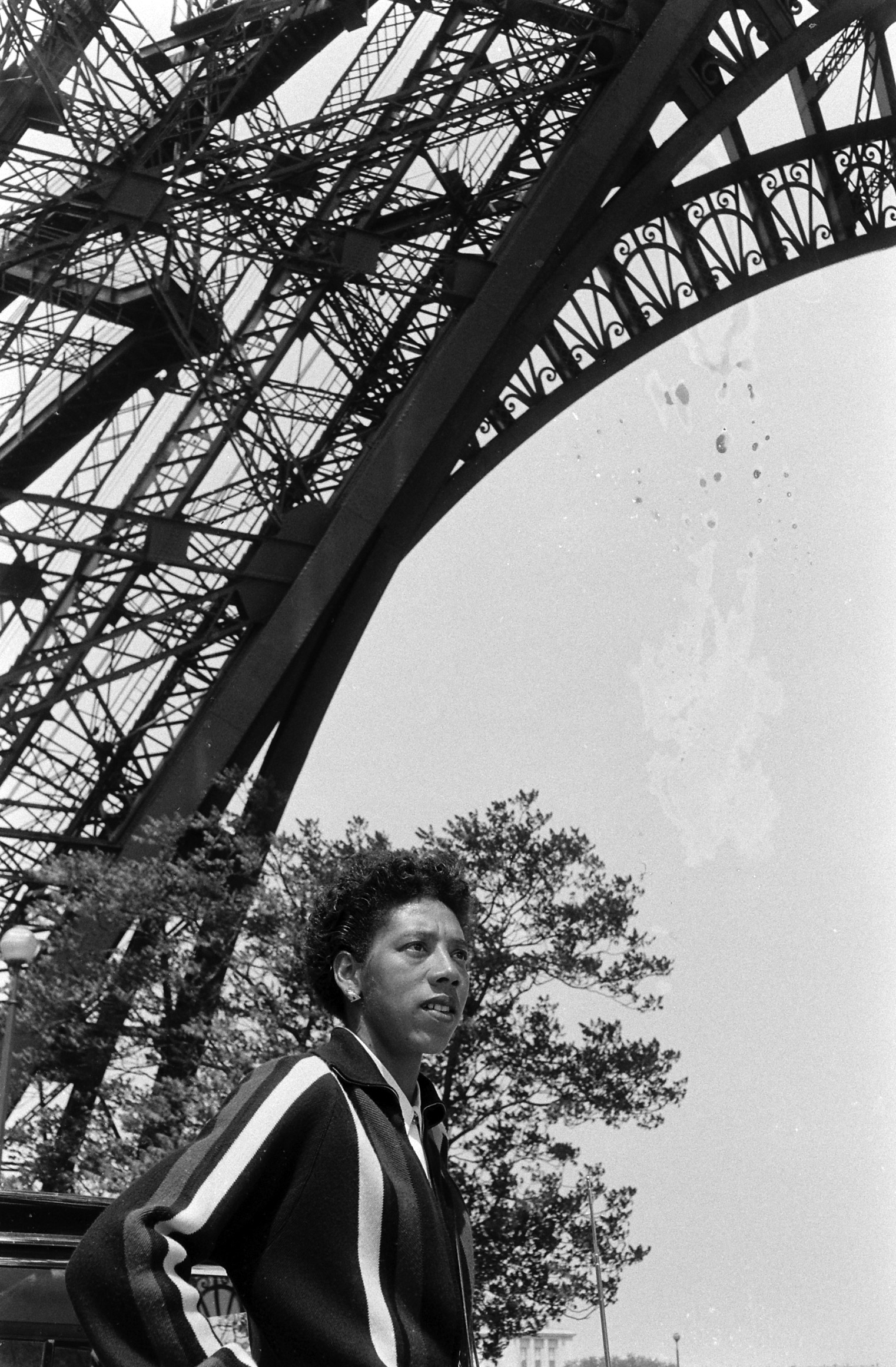
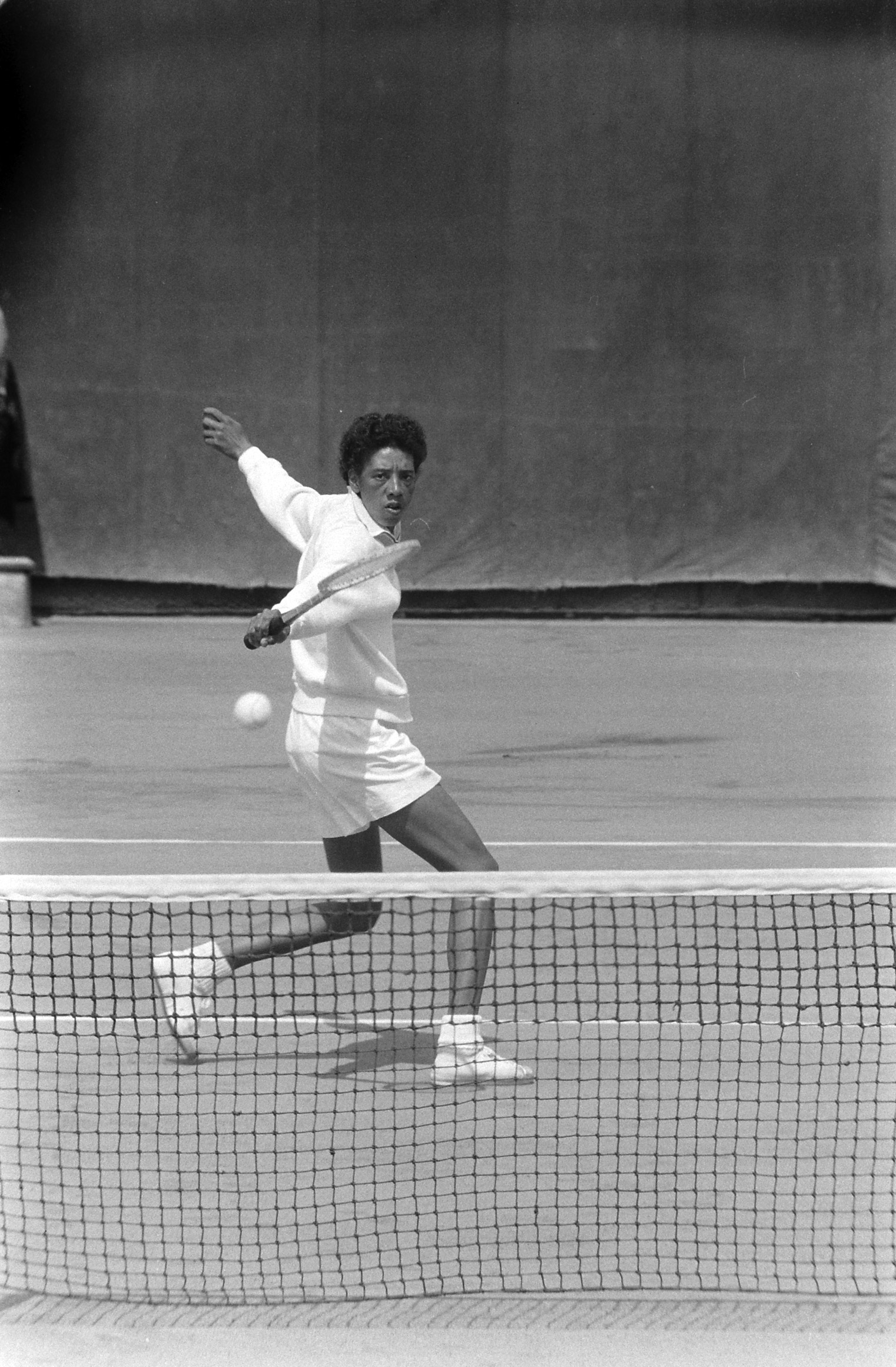
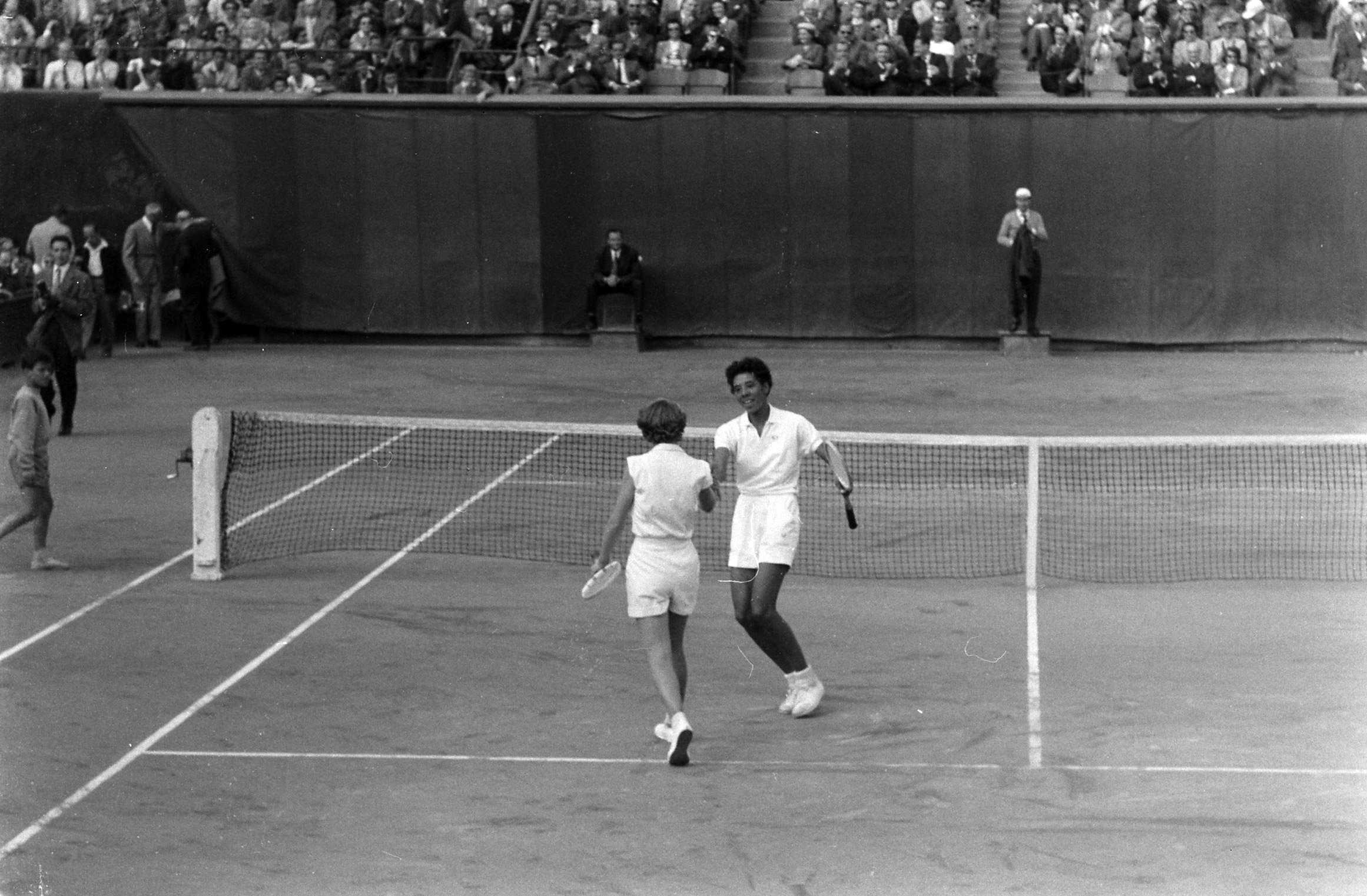
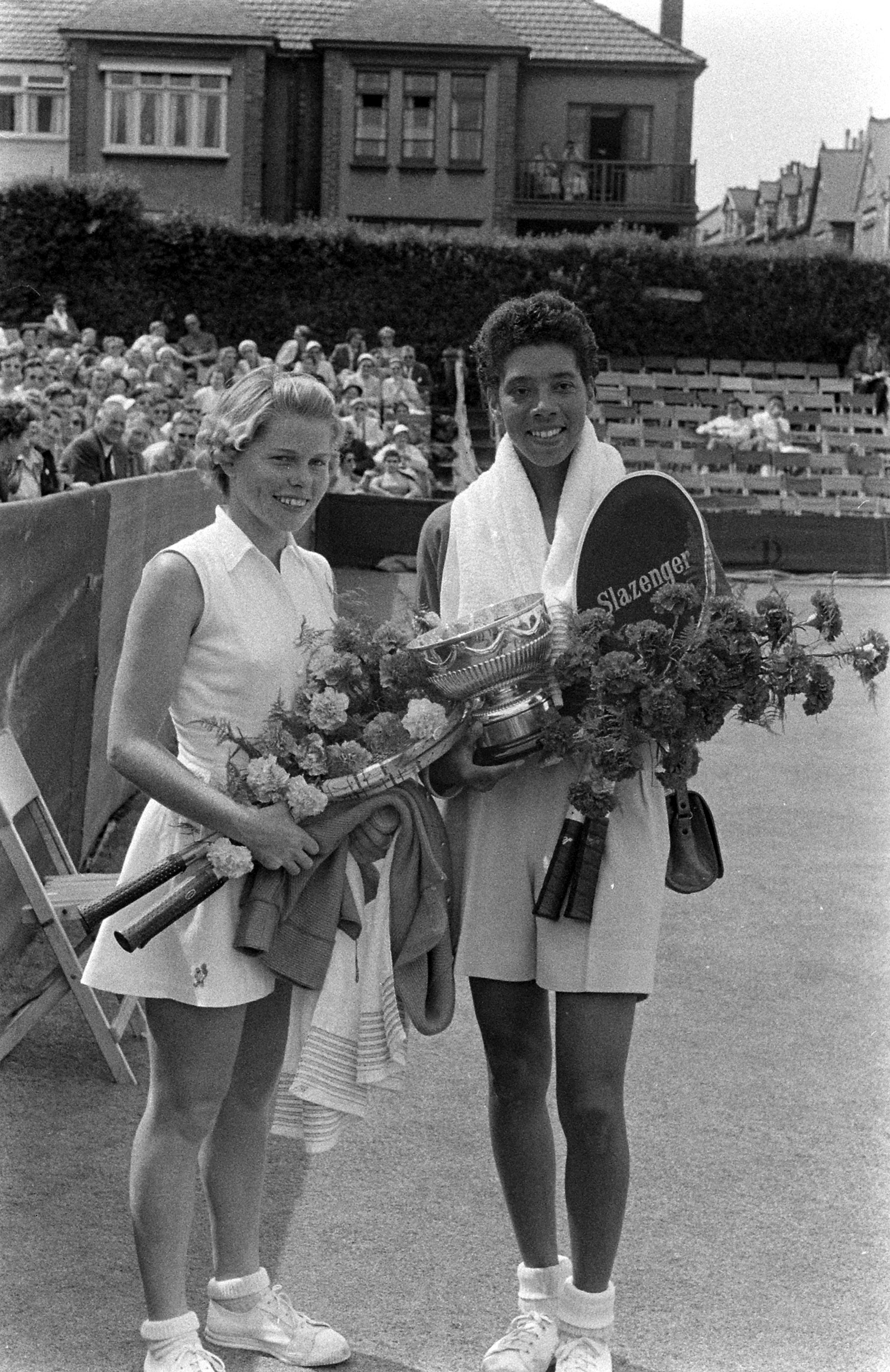
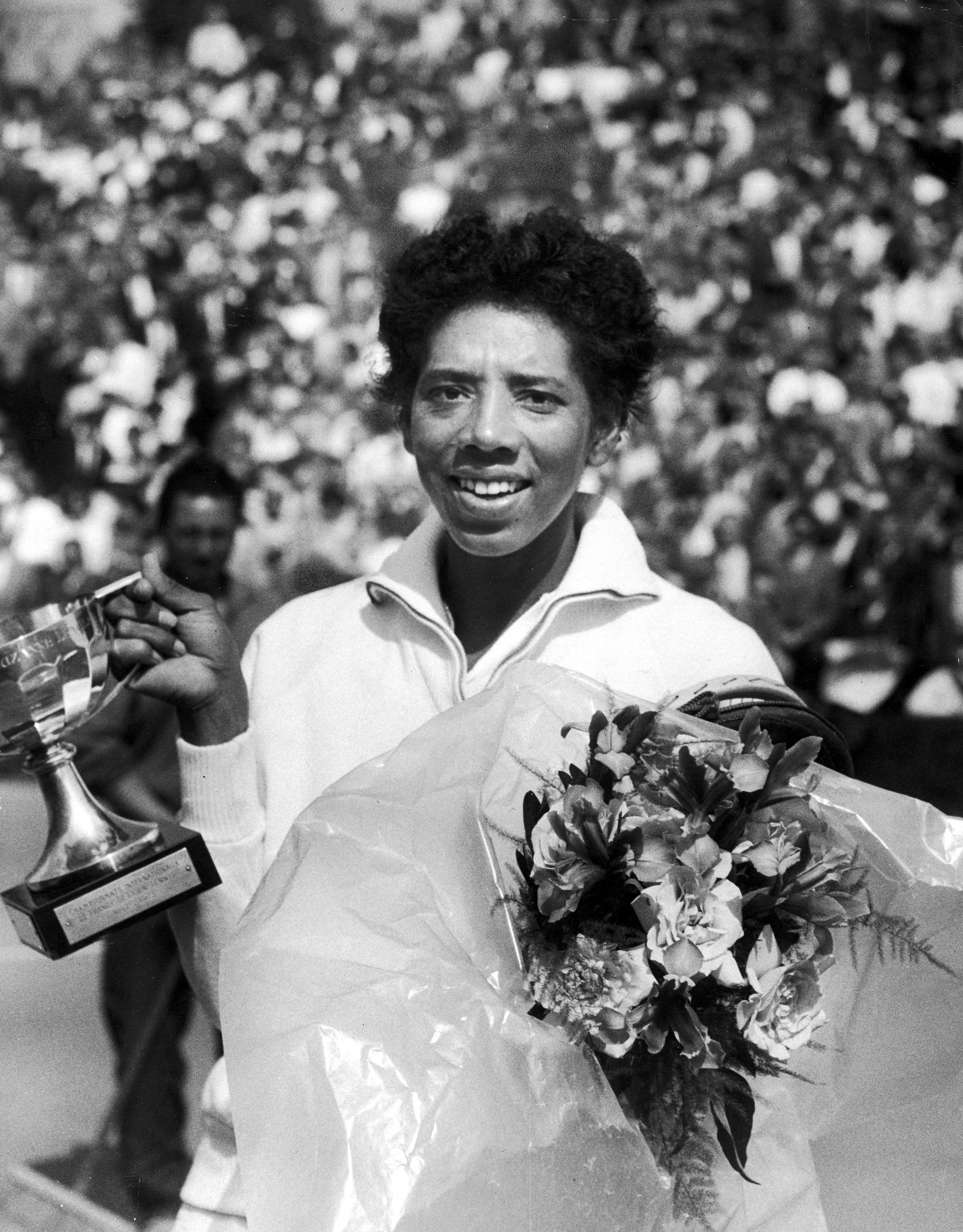
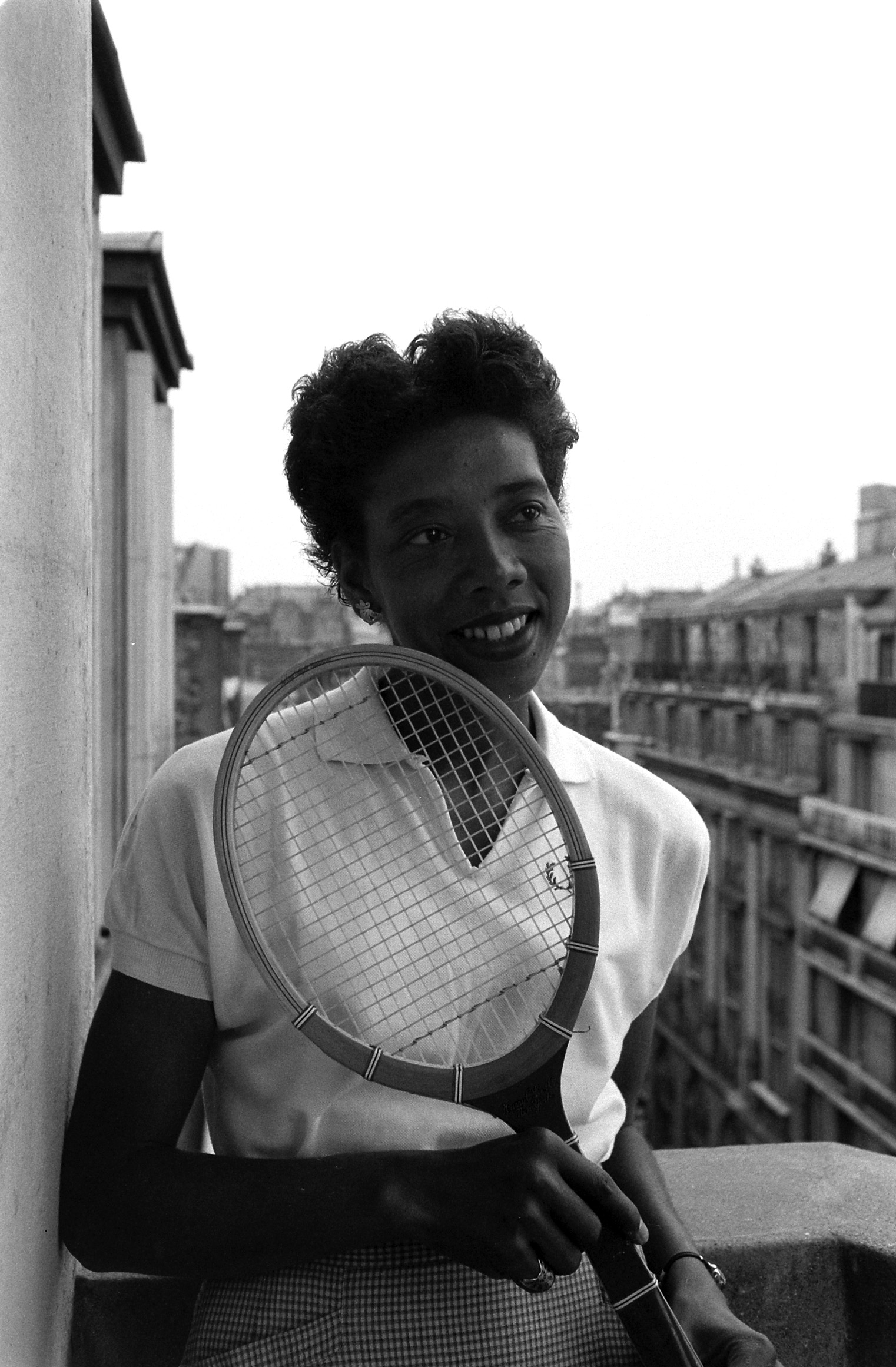
More Must-Reads from TIME
- How the Economy is Doing in the Swing States
- Democrats Believe This Might Be An Abortion Election
- Our Guide to Voting in the 2024 Election
- Mel Robbins Will Make You Do It
- Why Vinegar Is So Good for You
- You Don’t Have to Dread the End of Daylight Saving
- The 20 Best Halloween TV Episodes of All Time
- Meet TIME's Newest Class of Next Generation Leaders
Write to Lily Rothman at lily.rothman@time.com